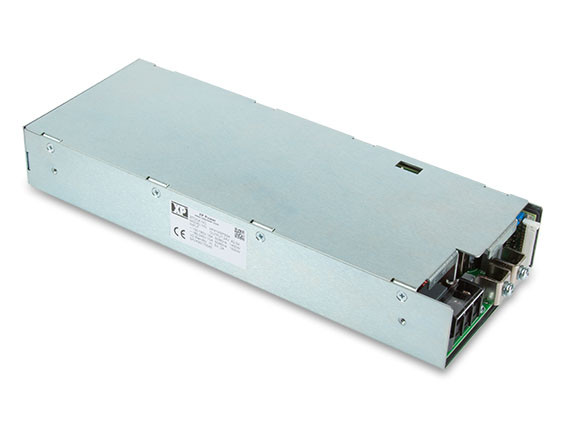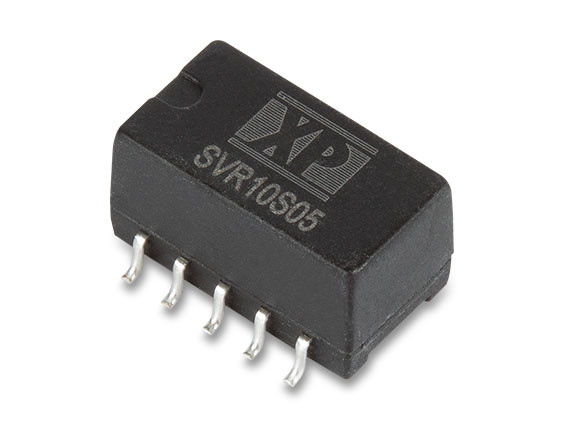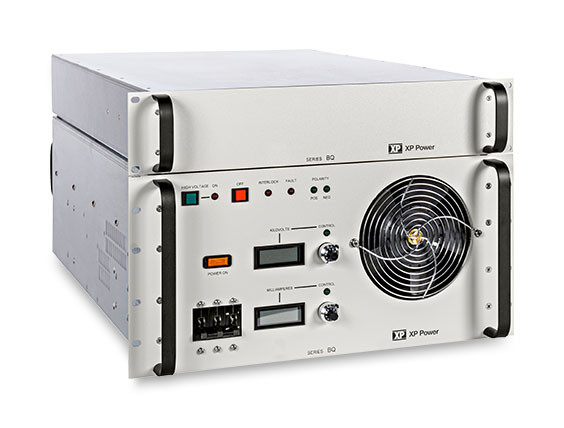*3 Phase power supplies
3 Phase AC power supplies designed to meet the needs of high power applications
Our 3 phase input power supplies are designed to operate from a variety of global 3 phase sources, including 208VAC, 380/400/415VAC and 480VAC. The product range includes DIN Rail mounting supplies rated at 120, 240, 480 & 960W, chassis mount supplies to 5kW and configurable power supplies from 1500W to 3kW with output voltages from 3.3VDC to 400VDC.
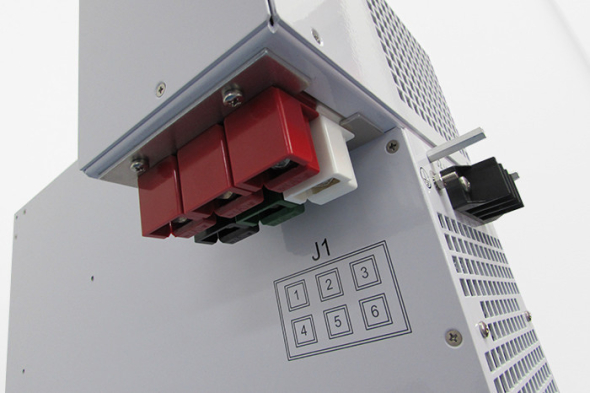
Our 3 phase capabilities
These base products are also used in combination to provide bespoke, high power, stand alone and rack mounting 3 phase power systems up to 30kW.
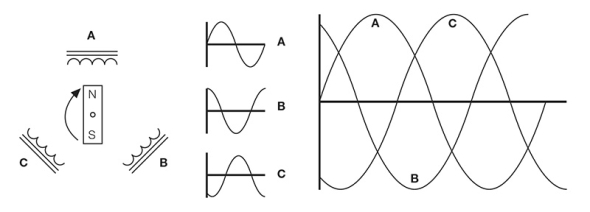
3 Phase reference guide
Three-phase AC
The power delivered by a single-phase system pulsates and falls to zero during each cycle, whereas the power delivered by a three-phase circuit also pulsates, but never to zero. In a balanced three-phase system, the conductors need be only about 75% the size of the conductors for a single-phase two-wire system of the same kVA rating.
If three separate coils are spaced 120° apart, the three voltages are produced 120° out of phase with each other, when the magnetic field cuts through the coil.
Diagram shows a two basic three-phase connections used.
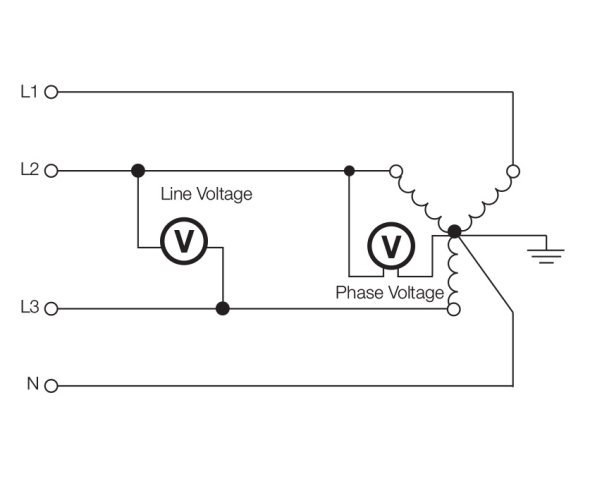
Star or Wye Connection
Connecting one end of each of the coils together, as shown on the right, makes a star or wye connection. The phase voltage (or phase to neutral voltage) is the voltage measured across a single coil. The line voltage (phase to phase voltage) is measured across two coils.
In a star or wye-connected system, the line voltage is higher than the phase voltage by a factor of the square root of 3 (1.732).
- VLINE = VPHASE x √3
- VPHASE = VLINE / √3
Diagram shows a 4-wire plus earth system:
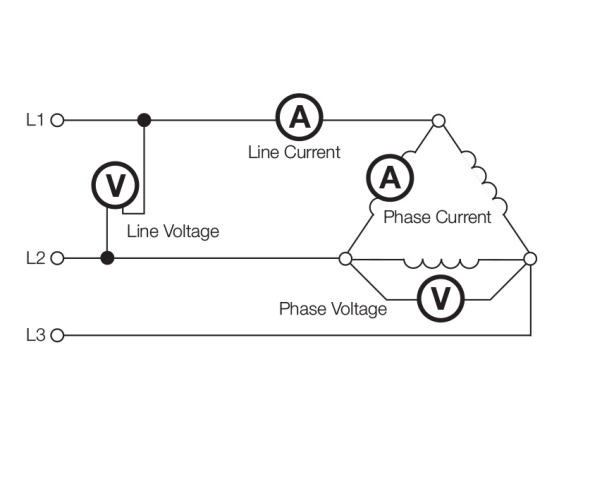
Delta Connection
The three separate coils are connected to form a triangle in a delta-connected system, which derives its name from the fact that a schematic diagram of this connection resembles the Greek letter delta (∆).
- VLINE = VPHASE
However, the line current is higher than the phase current by a factor of the square root of 3 (1.732). The reason for this difference in current is that current flows through different windings at different times in a three-phase circuit.
At times, current will flow between two lines only, at other times current will flow from two lines to the third.
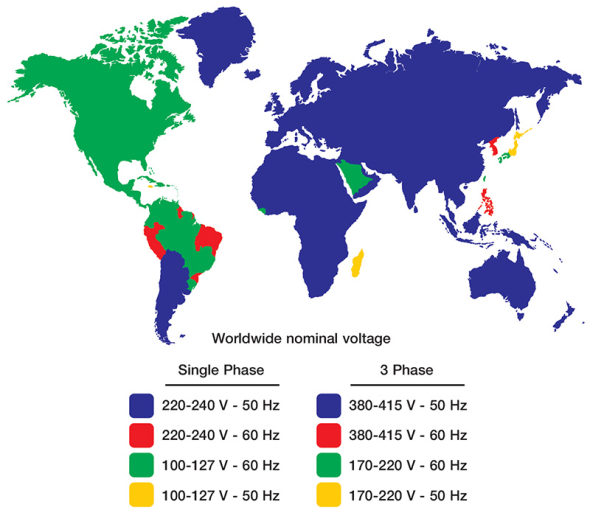
Three-Phase Voltage and Frequency
Although single-phase power is more prevalent, three phase supplies are the power of choice for many applications. As previously discussed, power stations supply three-phase electricity and it is often used in industrial applications to drive motors and other devices. Three-phase electricity is a smoother form of power than single or two-phase systems allowing machines to run more efficiently and extending their lifetime.
220 – 240 VAC single phase supplies are derived from 400 VAC three phase systems and 100-127 VAC single phase supplies from 200 VAC three phase systems. In the USA there is also a 480 VAC three phase system used for some high power applications which results in a nominal 277 VAC single phase supply often used for applications such as street furniture & street lighting.
